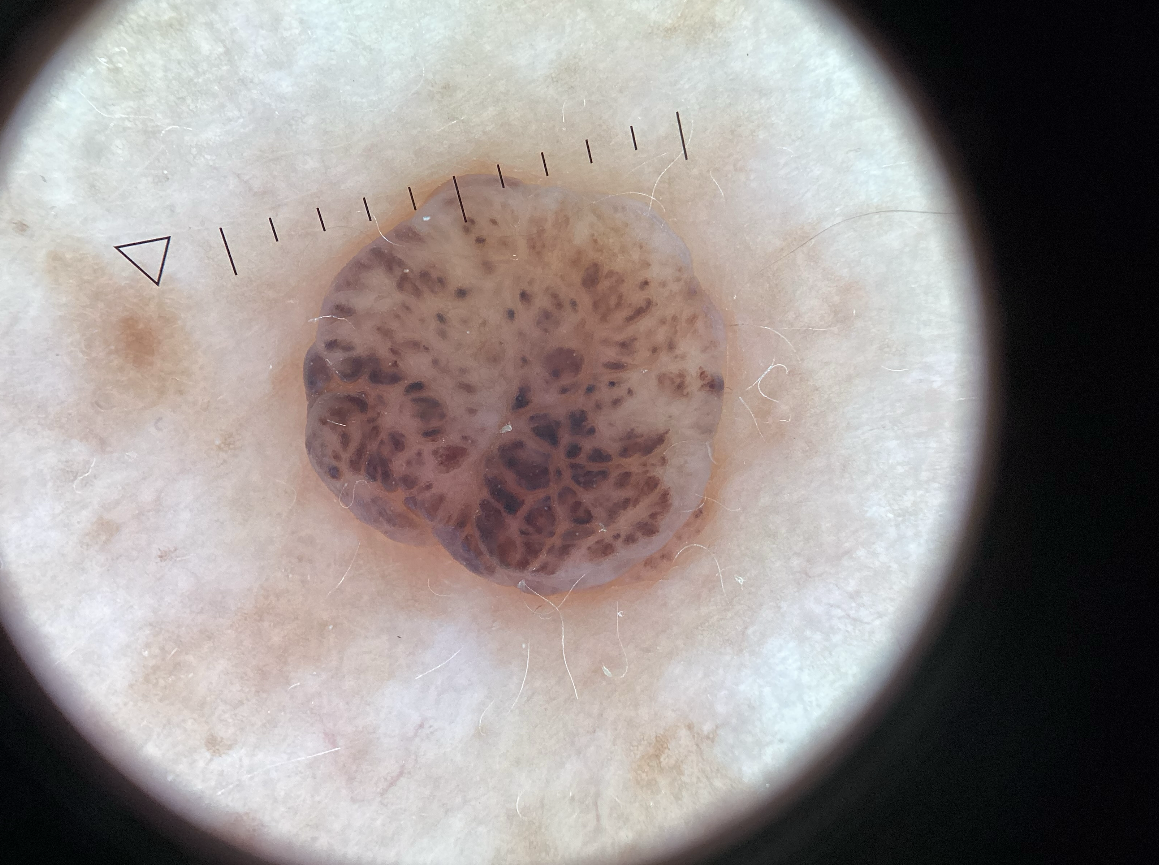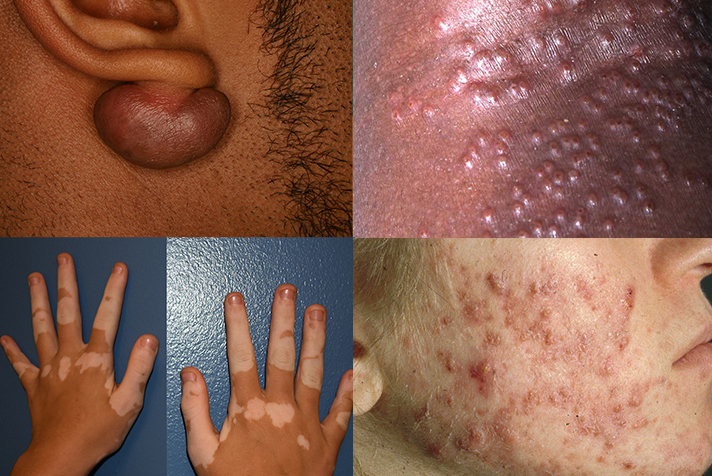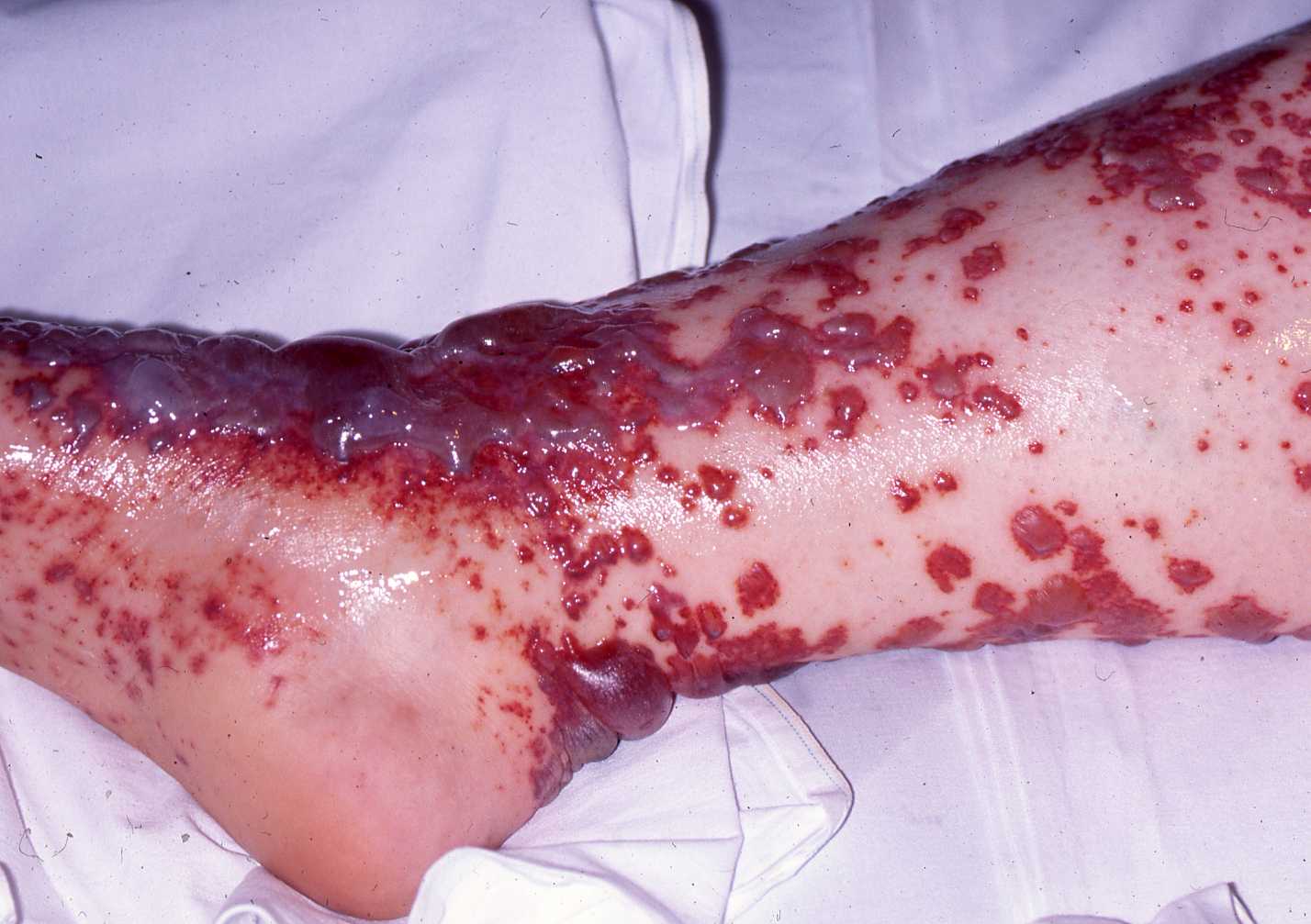Please click the button below to view the new dermoscopy photo gallery.


Visit our ongoing gallery of dermatological conditions of all skin types
Supervising Faculty: Aimee Smidt, MD, FAAD FAAP; Charles Phillips, MD, FAAD
Lead Medical Student Developer: Sabah Osmani, BA (2021-2022)
Medical Student Team (Former & Current): Vanessa Iturralde; Payton Sandoval-Belt; Avalon N. Yi; Lynn Midani; Abigale Aldrich; Grace Ridgeway; Morgan Haynes
Technical Developer/Website Designer: Gabriel Peters (2022); Josephine Titus (2023); Jonathon Cordova (2023-2024); Alex Galindo (2024-current)
Department Directors of Diversity, Equity and Inclusivity (Faculty/Resident): Naiara Barbosa, MD FAAD (2020)/Alba Posligua Alban, MD (2020), Romeo Morales MD FAAD (2021-current)
Mission: Our goal is to collect and share images of dermatological conditions in all skin types, with an emphasis on including those who have been traditionally excluded in medical education. We hope to create a database that celebrates inclusivity and reflects our diverse population, with the ultimate aim of advancing medical education and improving patient care for all and doing our part in beginning to correct these historical disparities and inequities in our field. Here in New Mexico specifically, we are so proud and honored to serve our unique population with its strong Hispanic/Latinx and Native American/American Indian/Indigenous communities among others.
Background: Individuals of color and from underrepresented minorities are often marginalized and known to experience adverse health outcomes, in Dermatology and more broadly. There has traditionally been a deficiency in images and education in Dermatology depicting conditions in all skin types, with fair/white skin being represented as the “norm”. That means learners are typically taught how to recognize various skin condition presentations in fair/white skin only, and as they go on to provide care as physicians and allied health professionals, they are likely not providing the same quality care to patients of color.
We are just starting to understand how these biases can affect patients in so many ways, and we at University of New Mexico (UNM) Dermatology want to do our part and contribute in repairing these structural deficiencies in Dermatology and medicine in general. Expanding the availability of images in varying skin types – Black, brown, white and in between - may help patients, learners and providers recognize skin conditions more readily and therefore be able to deliver more effective, high quality and safe patient care. We are proud to introduce this free resource accessible to any who may benefit. While we also know that there are several large initiatives ongoing at the national level, we aim to start local and highlight the inclusivity and equity for which our program and Department strives.
About the atlas: This Atlas is organized by Fitzpatrick skin type which was estimated from patient photographs by our team. We acknowledge that the Fitzpatrick scale was initially designed to help in predicting how a person’s skin would react to UV light and subsequent risk for non-melanoma skin cancer, and based upon this approximation. The first version of the scale only included types I-IV which are all variations of white skin and was considered “Anglo-Irish centric.” The current scale now includes types V and VI which describe brown and black skin respectively. We recognize that this scale has many limitations, including its subjectivity and lack of variance in skin of color, but at the origin of this project, we felt it to be the most straightforward way to organize images by skin type.
About our patients: “Skin of color,” which is often the term used for any non-white skin, should really encompass many skin types that potentially warrant their own attention. At the UNM School of Medicine, we serve a unique patient population reflecting our diverse communities, including a large population of Hispanic/Latinx and Native American/American Indian/Indigenous patients, among others. Dr. Aimee Smidt has worked at UNM since 2009 and has respectfully collected images of patients and families over time to contribute to clinical teaching. Dr. Charles Phillips dedicated many years of Dermatology teaching at the Brody School of Medicine at East Carolina University, where he served a large population of Black/African-American patients, and joined the UNM team in 2020. We hope that patients can see themselves in these images and trainees/colleagues can learn from a truly diverse and inclusive educational resource, illustrating the unique diversity among us.
How can you contribute? This database is an ongoing work in-progress. Our goal is that our collection of images will continue to expand and encompass the diversity of both our patients and skin conditions. We kindly welcome submissions of high-quality images of dermatological conditions. Please email HSC-Derm-Photos@salud.unm.edu. Thank you for your contributions and commitment to improving medical education and patient care.
We would like to sincerely thank and acknowledge all the patients who are featured in these images. Thank you for teaching us and allowing us to learn with you.
